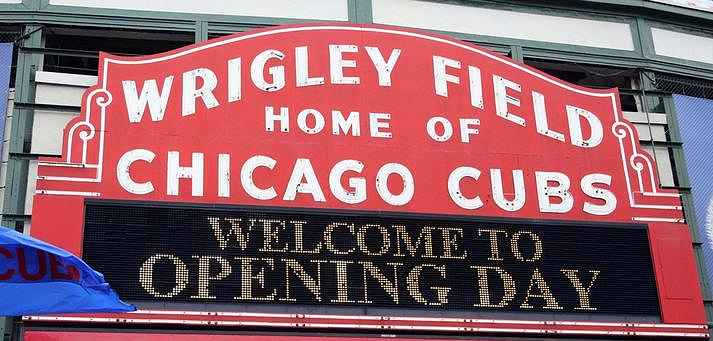





See listing of Recent and Most Popular articles on the Home Page
Senior Moments
Category: Financial / Topics: Dying and Death • Health Care
The Cost of Dying
by Dan Seagren
Posted: September 16, 2012
It has been said that a considerable amount of money is expended in the last year or two of the lives of seniors…
It has been said that a considerable amount of money is expended in the last year or two of the lives of seniors. Yes, this is disproportionate although understandable as many elderly people do not simply go to bed in good health and die in their sleep.
Even as a cancer survivor, I am not an authority on how much it cost to keep me alive. I know what I spent personally but I do not know precisely how much was spent by insurance and adjustments by the medical profession and cancer philanthropists.
I was intrigued by a true story in the February, 2012 issue of Reader's Digest: "The $618,616 Death Life" (death was x-ed out). Let me highlight some of this story to illustrate some points. Apparently Amanda Bennett kept good records as she went through 5,000 of them from several physicians, hospitals and insurance companies.
She told the story of what she did to keep her husband, 67, alive seven years longer than expected wondering if she did the right thing. At the end she said she did. They had three end-of-life warnings in those seven years. Terminal illnesses are not always predictable and rationing treatments for the elderly poses some crucial questions of age, type of illness, history of treatments, insurance and/or medicare/medicaid, or none, financial means, actual projected costs, availability of hospital and medical personnel, and family to mention a few.
The total billed was $618,616, almost two thirds of which was spent for his final twenty-four months. Insurance covered less than half. Their out-of-pocket cost: $9436. She also wondered just how similar insurance companies could pay such widely different amounts for the same thing. She also considered that some expensive drugs probably did him little if any good and stated that pharmaceutical companies and governmental agencies are trying to sort out the economics of developing drugs that will help only a small subset of patients.
She also had trouble reading bills. "What did opd patins t or bal xfr ded mean? She went on the Internet, called researchers, oncologists and fellow journalists to find answers. An injection of protein cost $735 a dose but would it work? Terence's insurance was billed $27,360 for an earlier experimental free drug because later when he tried it again he was no longer on trial and billed the full amount. One of his pills cost $200 a day.
Was it worth over one-half million dollars gross for seven more years of some good times, eternal hope, plus agony? Who can judge? Amanda was sure it was worth it. But their out-of-pocket costs were a tiny fraction of that which was billed and what actually was paid. In that regard she was most fortunate and Terence did have some good years beyond their original expectation. What lies ahead is an agonizing question - especially for seniors.
There are many doors to unlock but remember: As soon as you find the key, someone changes the lock.-- Tracey Ullman. Let's hope and pray this doesn't happen to future medical costs.
Search all articles by Dan Seagren
Dan Seagren is an active retiree whose writings reflect his life as a Pastor, author of several books, and service as a Chaplain in a Covenant Retirement Community. • E-mail the author (su.nergaesnad@brabnad*) • Author's website (personal or primary**)* For web-based email, you may need to copy and paste the address yourself.
** opens in a new tab or window. Close it to return here.
Posted: September 16, 2012 Accessed 181 times
![]() Go to the list of most recent Senior Moments Articles
Go to the list of most recent Senior Moments Articles
![]() Search Senior Moments (You can expand the search to the entire site)
Search Senior Moments (You can expand the search to the entire site)
![]() Go to the list of Most Recent and Most Popular Articles across the site (Home Page)
Go to the list of Most Recent and Most Popular Articles across the site (Home Page)
 Loading requested view...
Loading requested view...